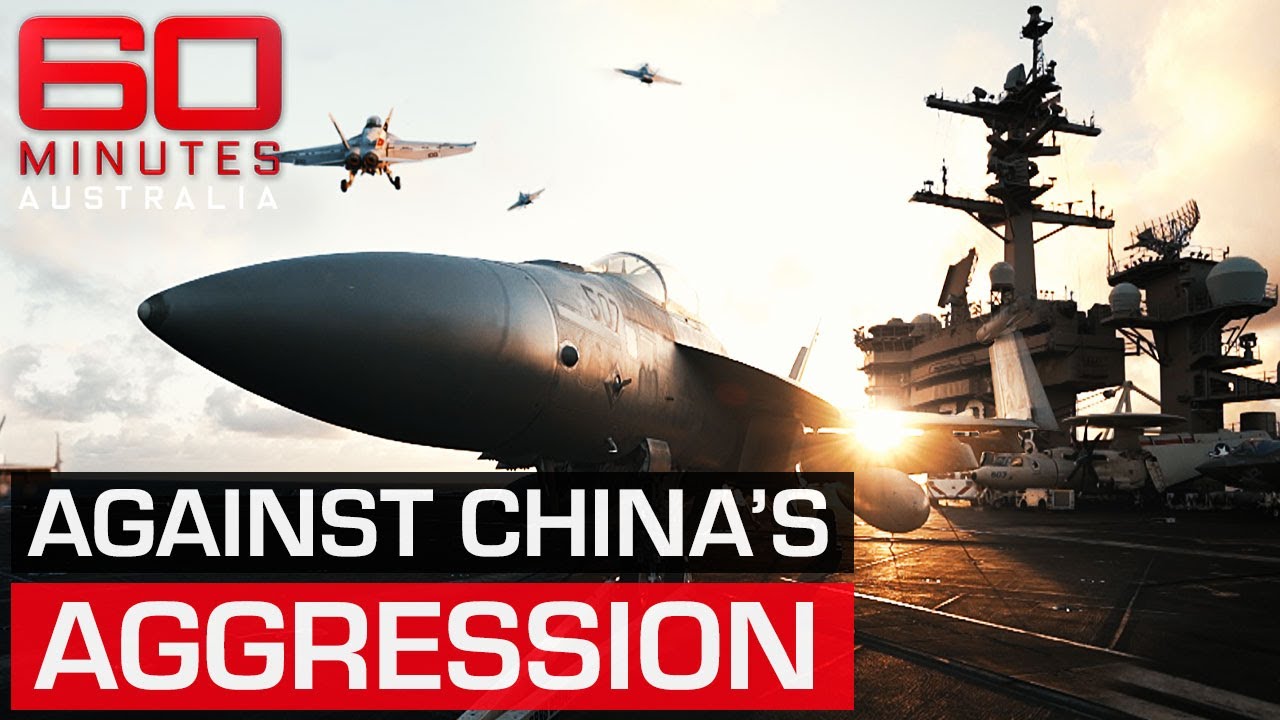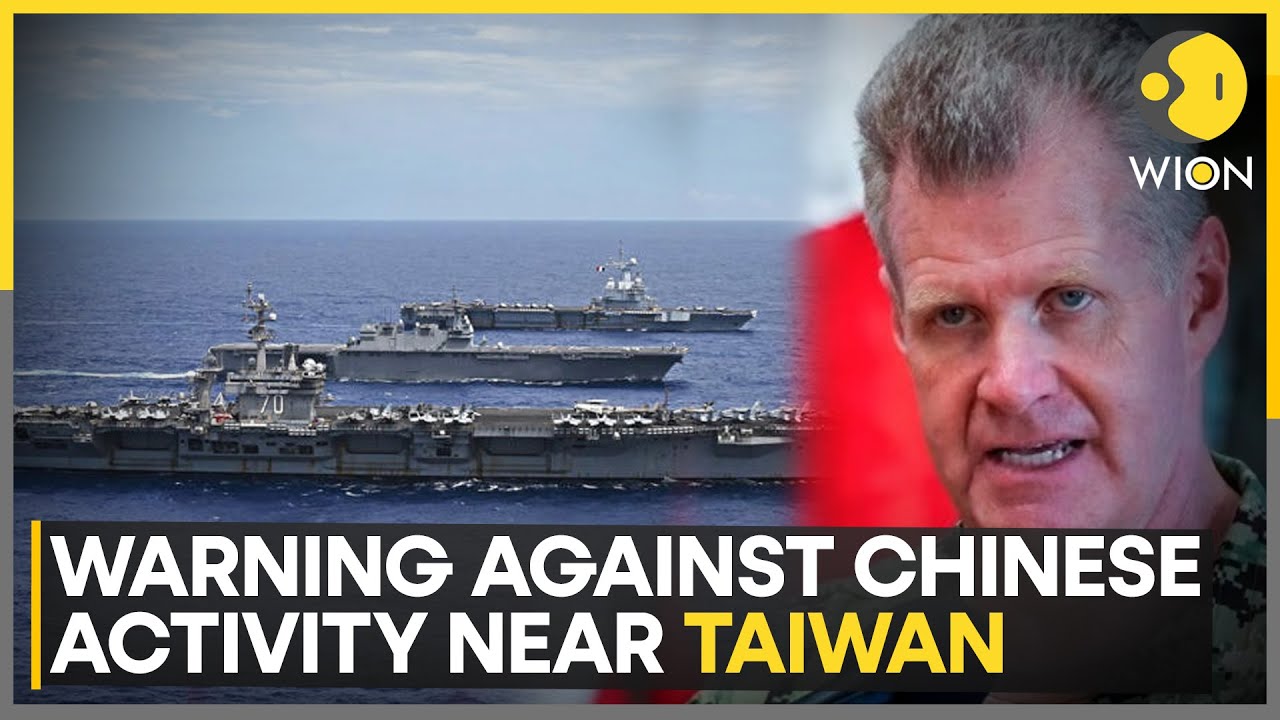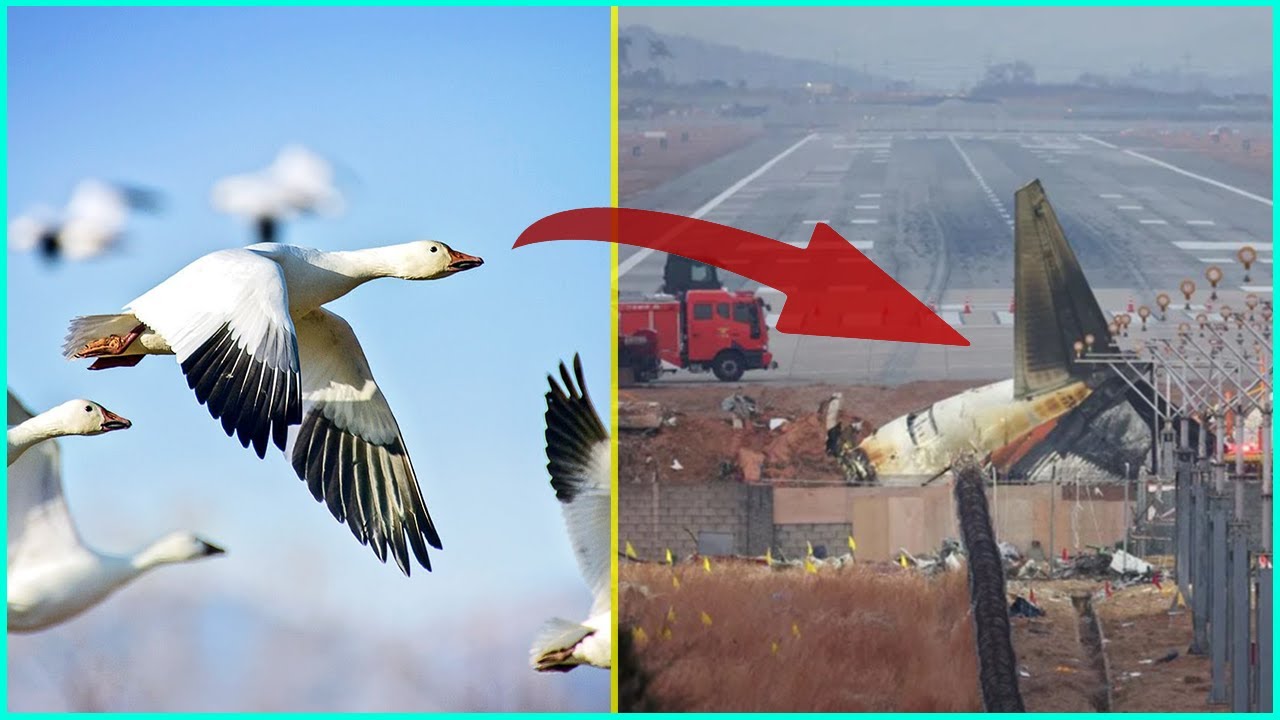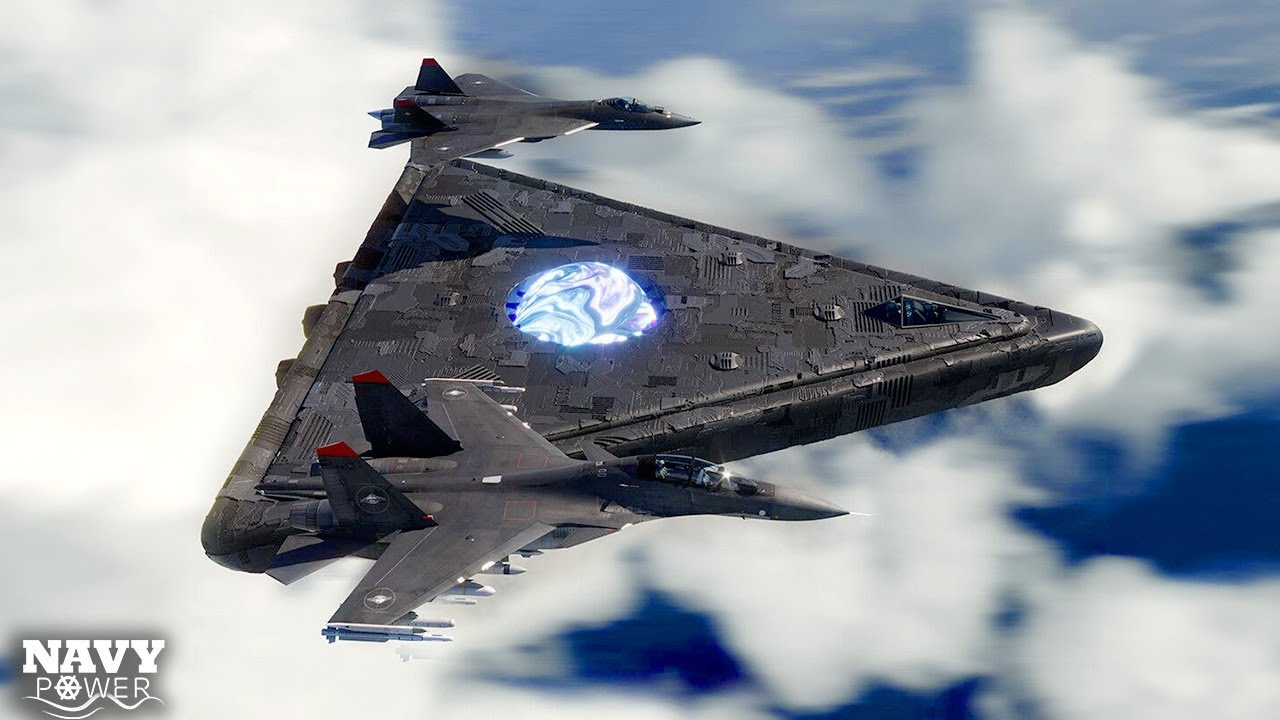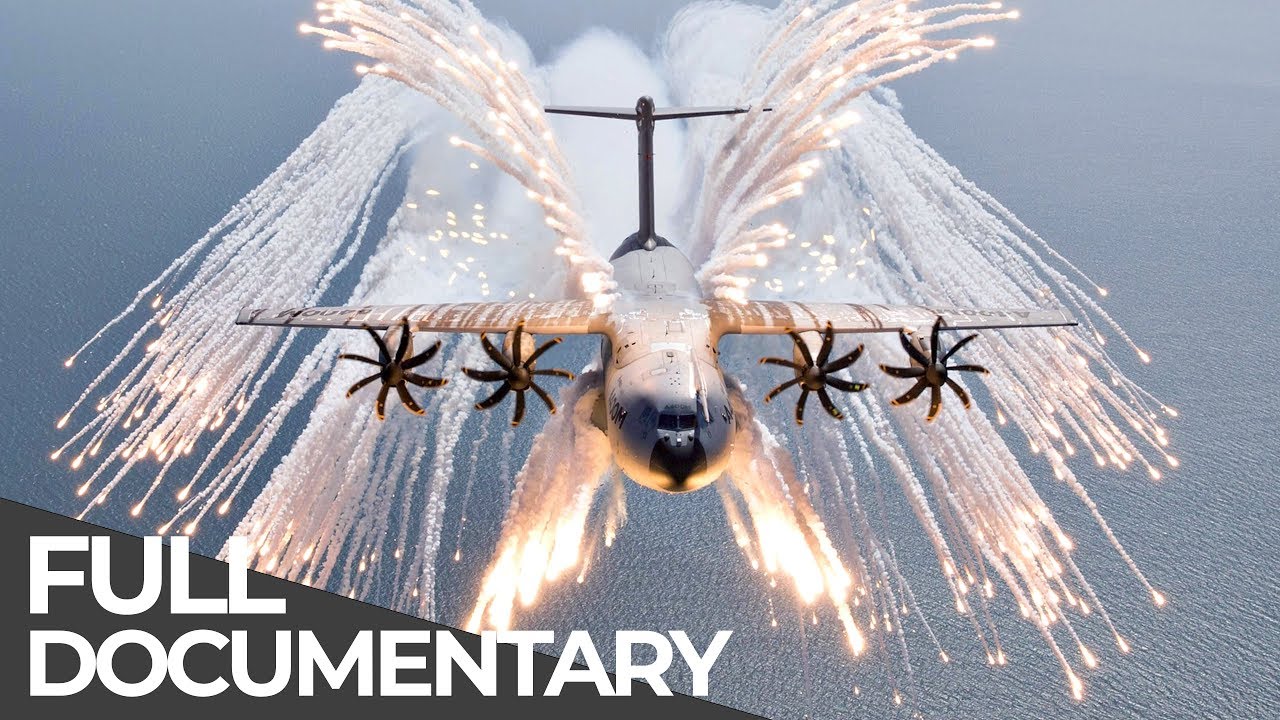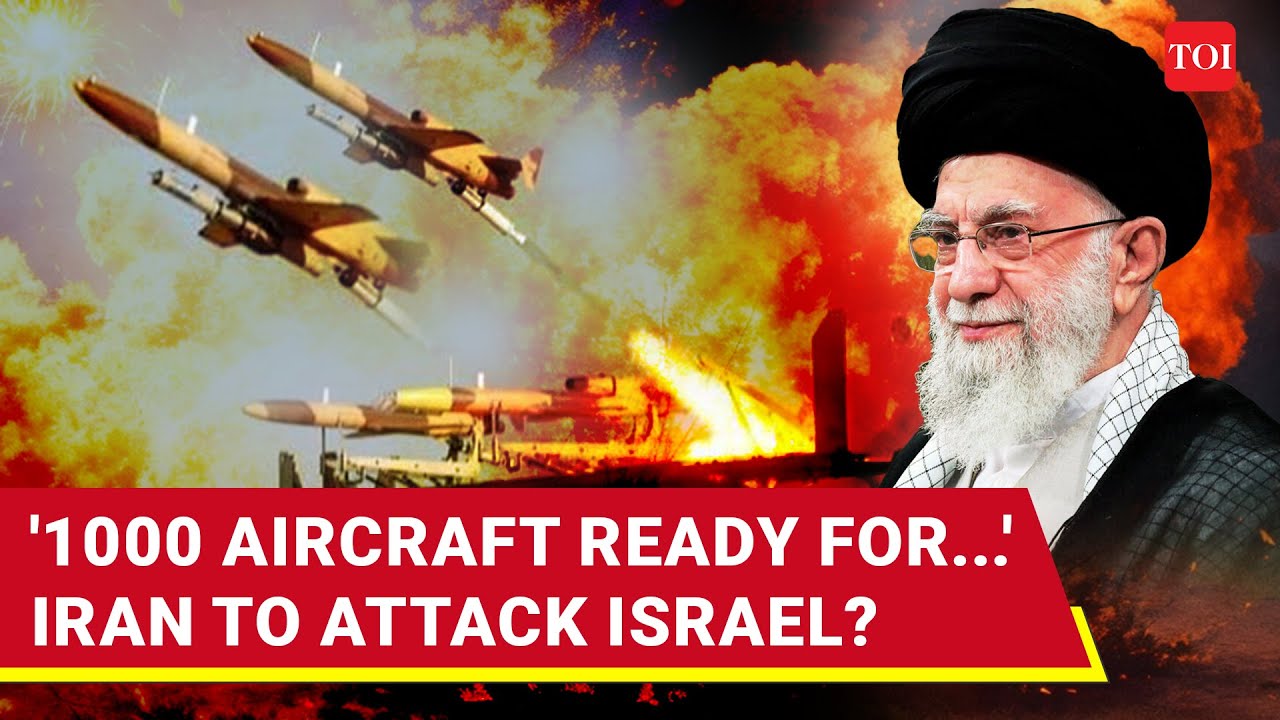In a significant escalation of geopolitical tensions, Russia has deployed its advanced Sukhoi Su-35 fighter jets to the Middle East, a move that has reverberated through international political circles. This strategic maneuver not only underscores Russia’s military capabilities but also marks a pivotal shift in the balance of power within the region, challenging the long-held dominance of the United States and its allies.

The arrival of the Su-35s, known for their state-of-the-art avionics and formidable weaponry, signals a new chapter in the complex geopolitical dynamics of the Middle East. These aircraft, equipped to outperform many fifth-generation jets, are a stark reminder of Russia’s intent to reshape the regional order. Their deployment is not merely a show of strength; it is a calculated assertion of Russia’s ambition to establish itself as a dominant power broker in a historically volatile area.
Military analysts regard the Su-35 as a potential game-changer. Its impressive speed, agility, and advanced detection capabilities position it as a formidable force capable of engaging multiple targets simultaneously. With the ability to detect stealth aircraft, the Su-35 challenges established air dominance, making it a crucial asset for any military operation. This technological edge has raised alarms among Western powers, prompting them to reassess their strategic approaches in the region.
The geopolitical landscape is rapidly evolving, and the implications of Russia’s military presence in the Middle East are profound. The deployment of these jets has sent shockwaves through Washington, London, and Brussels, compelling Western nations to confront a new reality where their unchallenged influence is waning. The Middle East, rich in resources and strategic significance, has become a battleground for competing interests, and Russia is eager to fill the void left by the West’s fluctuating influence.
For years, Russia has observed the dynamics of the Middle East from the sidelines as the United States and its allies shaped the region according to their interests. Now, with the deployment of the Su-35s, President Vladimir Putin has signaled that Russia is ready to play a more active role in shaping the future of the region. This move is part of a broader strategy that includes securing economic interests, establishing military footholds, and forging political alliances.
The Kremlin’s ambitions in the Middle East are multifaceted, aiming not only to enhance military presence but also to present Russia as a reliable partner amid regional chaos. By positioning itself as an alternative to the West, Russia seeks to undermine the credibility of the United States and its allies, who have struggled to navigate the complexities of the region in recent years. The presence of the Su-35s is a powerful indication that Russia is prepared to assert its influence and capitalize on the instability that has characterized the Middle East.
Turkey, a NATO member with unique ties to Russia, finds itself in a precarious position. As Turkey navigates its obligations to its Western allies while maintaining historical connections to Moscow, the arrival of Russian military assets adds further complexity to its foreign policy. The delicate balance Turkey must maintain raises questions about how long it can sustain its current stance without tipping the scales of allegiance.
The stakes are high, and the consequences of miscalculation could be catastrophic as the world watches this high-stakes game of geopolitical chess unfold. The arrival of the Sukhoi Su-35s represents more than just military might; it is a declaration of intent that could redefine international relations and reshape the future of the Middle East. As the balance of power shifts, the decisions made in the coming days will be pivotal in determining the course of history.
In conclusion, Russia’s deployment of advanced fighter jets to the Middle East is a significant development that signals a new era of military involvement in the region. With the potential to alter the existing geopolitical landscape, this move sets the stage for a complex interplay of power dynamics that will undoubtedly influence global politics for years to come. The world remains on edge, hoping for a peaceful resolution as the implications of this bold maneuver continue to unfold.
